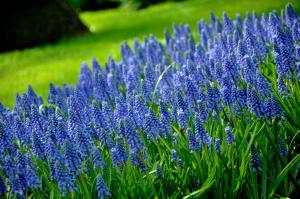Cultivation method of milk vetch
Timely fertilization
Nitrogen fertilizer can be mainly used as phosphorus fertilizer and potassium fertilizer can be used as appropriate. Different fertilizers are applied in different periods. Generally, calcium phosphate and fecal water are applied in late autumn to promote early root nodules and early seedlings; Apply potassium fertilizer or plant ash before and after the winter solstice to enhance the cold tolerance; After the beginning of spring, urea was applied to promote the growth of branches and leaves

Timely embossing
Milkvetch is usually pressed more than ten days from the flowering period to the seedling transplanting period. For large-scale breeding, an appropriate amount of lime is evenly applied per mu to promote plant decay to neutralize acidity
Timely watering
Milkvetch likes warm and humid environment, especially in the growth period. Sufficient water is needed, but attention should also be paid to avoid ponding. Therefore, it is very important to control the amount of watering. In addition, it is also necessary to spray water frequently to keep the environment moist
Precautions for maintenance of milk vetch
Timely and appropriate sowing
According to its cool nature, milkvetch can be sown more than 20 days after the harvest of late rice in late autumn. When sowing, it should be noted that the seeds should be soaked, dried and germinated, so as to improve the germination rate

Mixed Rhizobium
Mix Rhizobium when the seeds of Milkvetch are germinating and whitening, that is, mix the strains with cold porridge soup and then mix the seeds
Strengthen maintenance management
For large-scale economic cultivation of milkvetch, after the harvest of late rice, ditches should be opened, including Huantian ditch, xianggou and cross drainage ditch, so as to keep the soil moist and avoid ponding. In addition, we should also pay attention to the prevention and control of diseases and insect pests. For powdery mildew, use carbendazim or tujunte, for aphids, use dimethoate, and for armyworm, use trichlorfon or rice vinegar and saccharin. In addition, attention should be paid to avoid livestock hazards

 jackfruit
jackfruit snake plant
snake plant hibiscus
hibiscus hydrangea
hydrangea lavender
lavender Green roses climb al...
Green roses climb al... If you don't pay att...
If you don't pay att... Management of four g...
Management of four g...



































